🌱 Introduction – Why Proper Gardening & Plant Care Matters
Gardening is more than just planting seeds — it’s a deeply fulfilling way to reconnect with nature and nurture life right at home. The act of caring for plants promotes mindfulness, reduces stress, and creates a sense of peace that few other hobbies can offer. Beyond its emotional rewards, gardening plays a practical role in supporting sustainability by reducing carbon footprints, improving air quality, and providing access to fresh, homegrown produce.
Even if you live in a small apartment or have limited space, you can still create a vibrant mini-garden filled with greenery and life. From balcony pots to indoor tropical trees, every setup has the potential to thrive with the right attention and care.
This guide covers the essential foundations of healthy gardening — including soil health, watering routines, pruning, fertilization, and pest management. Whether you’re cultivating herbs or tropical fruit trees, every gardener can enjoy a flourishing space filled with beauty, balance, and purpose.
🌿 For a deeper look into fruit-growing techniques, explore “Tropical Fruit Trees: The Ultimate Guide to Growing Exotic Fruits at Home.”
🌿 Understanding Your Garden Environment
Before you plant anything, it’s essential to understand your garden’s environment — because every successful garden starts with knowing where you grow.
One of the first steps is identifying your USDA Hardiness Zone, especially if you live in a tropical or subtropical region like Florida or southern Texas. Zones 9B–11 are ideal for many tropical plants such as mango, eucalyptus, and soursop, offering the warmth and humidity they need to thrive.
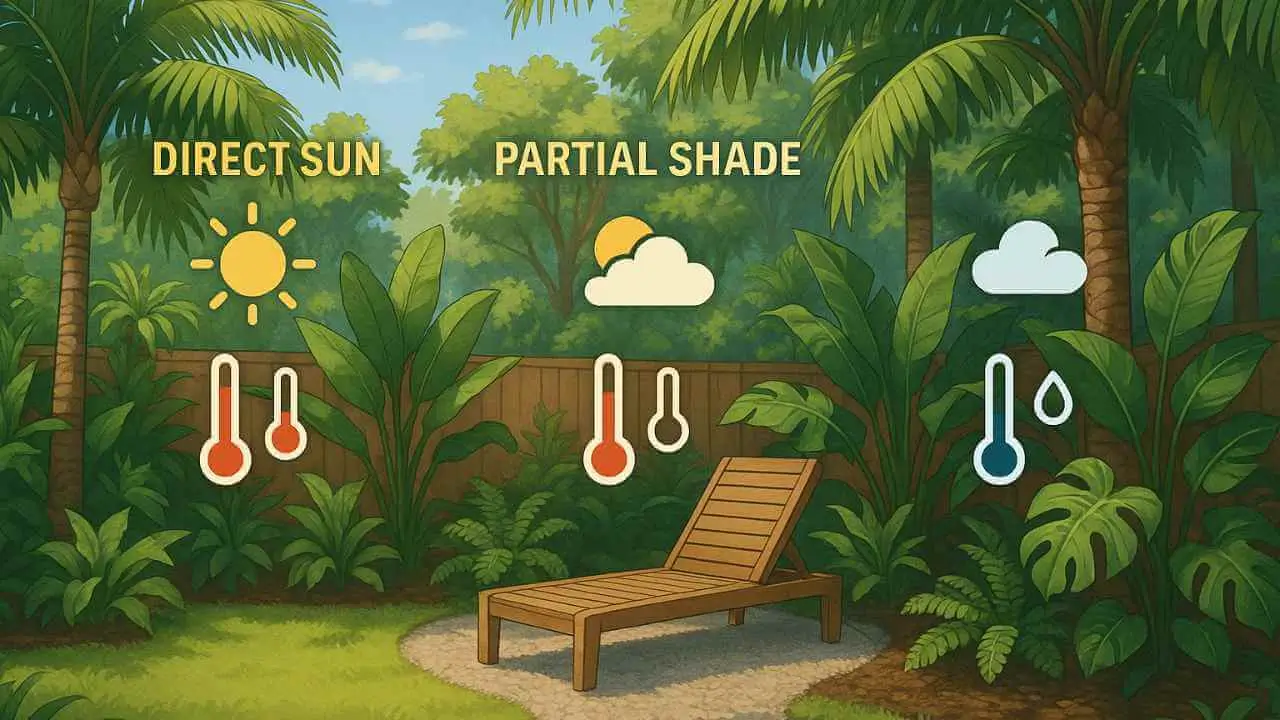
Sunlight is another major factor in healthy growth. While most fruiting and flowering plants prefer 6–8 hours of direct sunlight, others — like ferns or indoor ornamentals — grow best in filtered or partial light. Matching light exposure to plant type ensures steady photosynthesis without sun stress.
Finally, balance temperature and humidity. Plants thrive when temperatures stay between 65°F and 95°F, with consistent humidity levels that prevent leaf wilting and root dehydration. In dry climates, using mulch or misting can help maintain this natural balance for thriving growth.
🌿 For more insights on growing tropical species in warm climates, explore “7 Secrets to Growing Eucalyptus in Florida Fast.”
🌱 Soil Health – The Foundation of Every Garden
Healthy soil is the heart of every thriving garden. Whether you’re growing herbs, tropical fruit trees, or flowering plants, nutrient-rich soil provides the essential base for root development, water absorption, and long-term plant strength.
The ideal composition is loamy or sandy soil blended with organic matter like compost or leaf mulch. This combination ensures good drainage while keeping enough moisture for healthy roots. Loamy soil also provides a perfect texture—neither too dense nor too light—allowing air and nutrients to move freely.

Regularly test your soil pH to keep it between 6.0 and 7.0 for most plants. If your soil is too acidic, add lime to balance it. For overly alkaline soil, mix in peat moss or compost, which naturally restores pH harmony and boosts organic content.
Adding mulch around plant bases is another powerful step. It conserves soil moisture, prevents weeds, and keeps roots cool during hot days. Over time, decomposing mulch even feeds the soil, improving its fertility season after season.
🌿 For more on protecting your plants from soil-borne issues, explore “Pest and Disease Management.”
🌿 Also see practical soil care advice in “7 Proven Tips for Perfect Tamarind Plant Care.”
💧 Watering Techniques for Healthy Growth
Watering may seem simple, but it’s one of the most critical factors that determine whether your garden thrives or struggles. Understanding the right watering methods can make a remarkable difference in plant growth and fruit production.
Deep watering—where moisture reaches the root zone—is far more effective than light surface sprinkling. This method encourages roots to grow deeper, making plants more resilient to drought and heat. Generally, watering 2–3 times per week is ideal for most tropical and fruiting plants, though the frequency can vary depending on soil type and weather conditions.
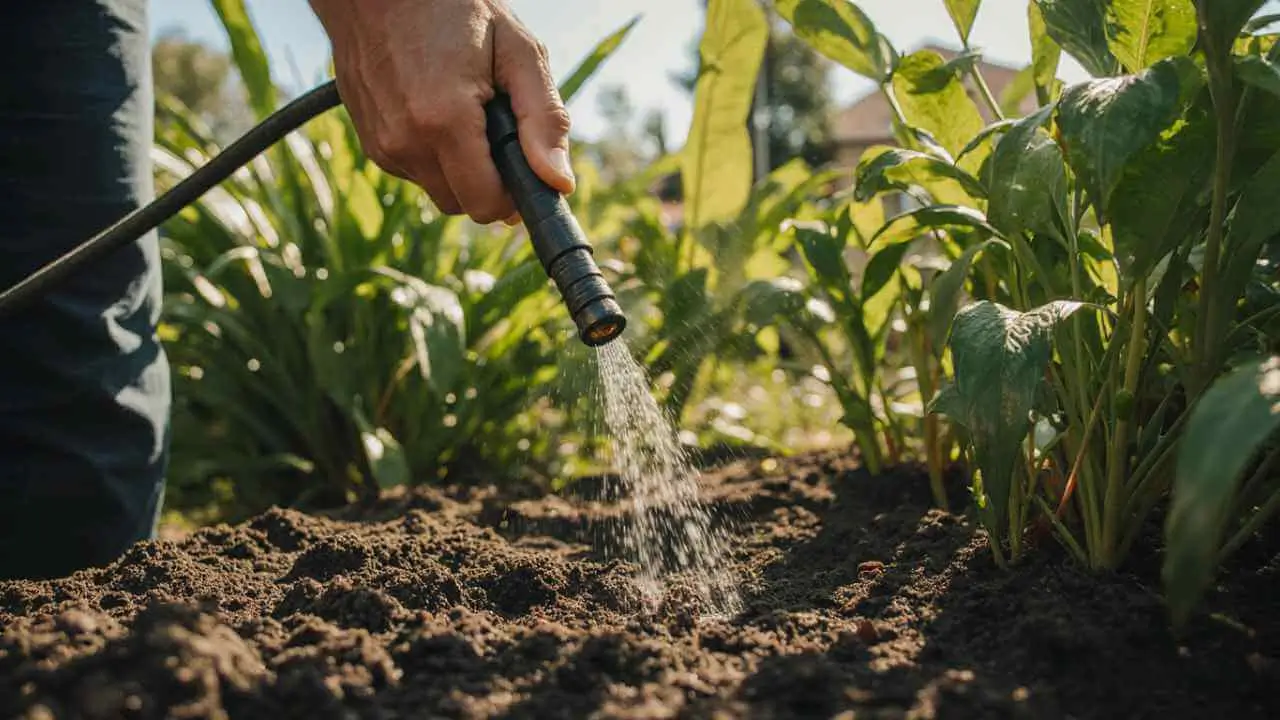
Each plant species has its own watering rhythm. Tropical plants like mangoes and bananas need consistent moisture, while drought-tolerant varieties such as eucalyptus and citrus can thrive with less frequent watering once established. Always check the top 1–2 inches of soil—if it’s dry, it’s time to water.
For container plants, water drains faster than in-ground gardens, so more frequent watering is necessary. Make sure your pots have drainage holes to prevent root rot and use saucers to catch excess water without leaving the roots soaked.
🌿 Learn detailed watering and care tips in “5+ Secrets to Growing a Thriving Mango Tree in Florida.”
🌿 Also explore tropical plant moisture care in “Growing a Banana Plant at Home.”
🌾 Fertilization & Nutrient Management
Proper fertilization keeps your garden productive, vibrant, and healthy. Every plant needs three key macronutrients — Nitrogen (N), Phosphorus (P), and Potassium (K) — often referred to as NPK. Nitrogen supports leafy growth, phosphorus strengthens roots and flowers, and potassium improves fruiting and overall plant resilience.

When choosing fertilizers, consider your approach. Organic fertilizers like compost, manure, and bone meal improve soil health long-term, while chemical fertilizers provide a quick nutrient boost but should be used sparingly to avoid salt buildup. A balanced routine combining both can yield strong, sustainable results.
Follow a seasonal fertilization cycle for the best outcomes:
- Spring: Boost growth with nitrogen-rich fertilizer.
- Summer: Support fruiting and flowering with higher potassium content.
- Fall: Strengthen roots and prepare plants for dormancy with phosphorus-rich feeding.
🌿 For targeted nutrient solutions, explore “3+ Best Banana Plant Fertilizers for Faster Growth.”
🌿 If your plants show weak growth or poor fruiting, see “Troubleshoot Common Fruiting Issues.
✂️ Pruning, Shaping & Maintenance
Pruning is one of the most powerful yet often overlooked techniques in gardening. It not only enhances the beauty and shape of your plants but also plays a crucial role in maintaining airflow, preventing disease, and encouraging healthy new growth. Removing dead or overcrowded branches allows sunlight and air to circulate freely, keeping the plant’s core strong and resistant to pests and fungal infections.
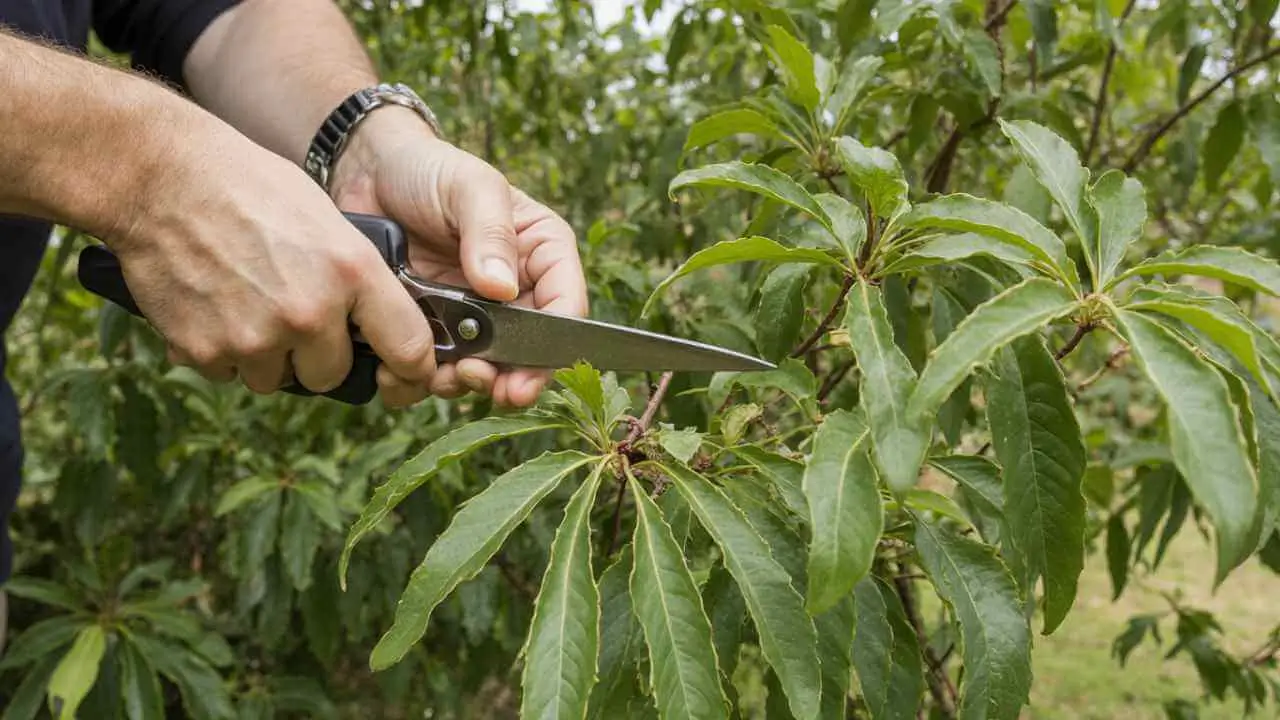
For fruit trees, prune during late winter or early spring before new growth begins. Focus on removing dead wood and crossing branches to promote even fruiting. Flowering plants benefit from light pruning after their bloom cycle to encourage continuous flowering. Herbs, like basil or mint, should be trimmed regularly to prevent legginess and stimulate fresh, aromatic foliage.
Keep your gardening tools clean — always disinfect pruning shears before and after use to prevent spreading fungal spores or bacterial diseases between plants. A simple wipe with rubbing alcohol or a mild bleach solution keeps tools safe and effective.
🌿 Learn detailed pruning techniques in “7 Proven Tips for Perfect Tamarind Plant Care.”
🌿 Also explore pest-safe trimming advice in “Tree Insect Management.”
🐞 Natural Pest & Disease Management
Every healthy garden starts with prevention — and that means knowing how to manage pests and diseases naturally before they spread. Common garden pests include aphids, mealybugs, fruit flies, and fungal infections that attack leaves, roots, or fruits. Early detection is key — regularly inspect the undersides of leaves and soil surface to spot warning signs like yellowing or sticky residue.
Opt for organic pest control methods to protect both your plants and the environment. Neem oil is an excellent all-purpose solution that deters most insects, while mild soap sprays help eliminate soft-bodied pests like aphids and mealybugs. Introducing beneficial insects such as ladybugs and lacewings creates a natural balance by keeping pest populations under control.

Healthy soil is also your best defense against diseases. Nutrient-rich, well-draining soil strengthens root systems and helps plants resist infection naturally. Avoid overwatering, maintain clean tools, and rotate crops when possible to keep your garden resilient and pest-free.
🌿 Learn in-depth pest prevention strategies from “Pest and Disease Management.”
🌿 Explore advanced care for pest resistance in “Tree Insect Management.”
🌿 See how proper care techniques protect fruit trees in “7 Secrets to Growing Cashew Trees in Florida.”
🪴 Container Gardening for Small Spaces
Even if you don’t have a large yard, you can still enjoy the beauty and rewards of gardening through container gardening. It’s an excellent way to grow herbs, small tropical trees, and ornamental plants in balconies, patios, or indoor spaces — all while maintaining full control over soil and watering conditions.
Start by choosing the right pot size for your plant’s root system. Containers made of clay or ceramic allow better airflow, while plastic pots retain moisture longer. Ensure proper drainage holes to prevent waterlogging, and use a well-draining soil mix — combining potting soil, compost, and perlite for healthy root growth.
Some of the best compact tropical plants for container setups include ruda (rue) for its aromatic foliage, soursop for its medicinal leaves, and dwarf banana varieties that add lush greenery and sweet rewards even in tight spaces.
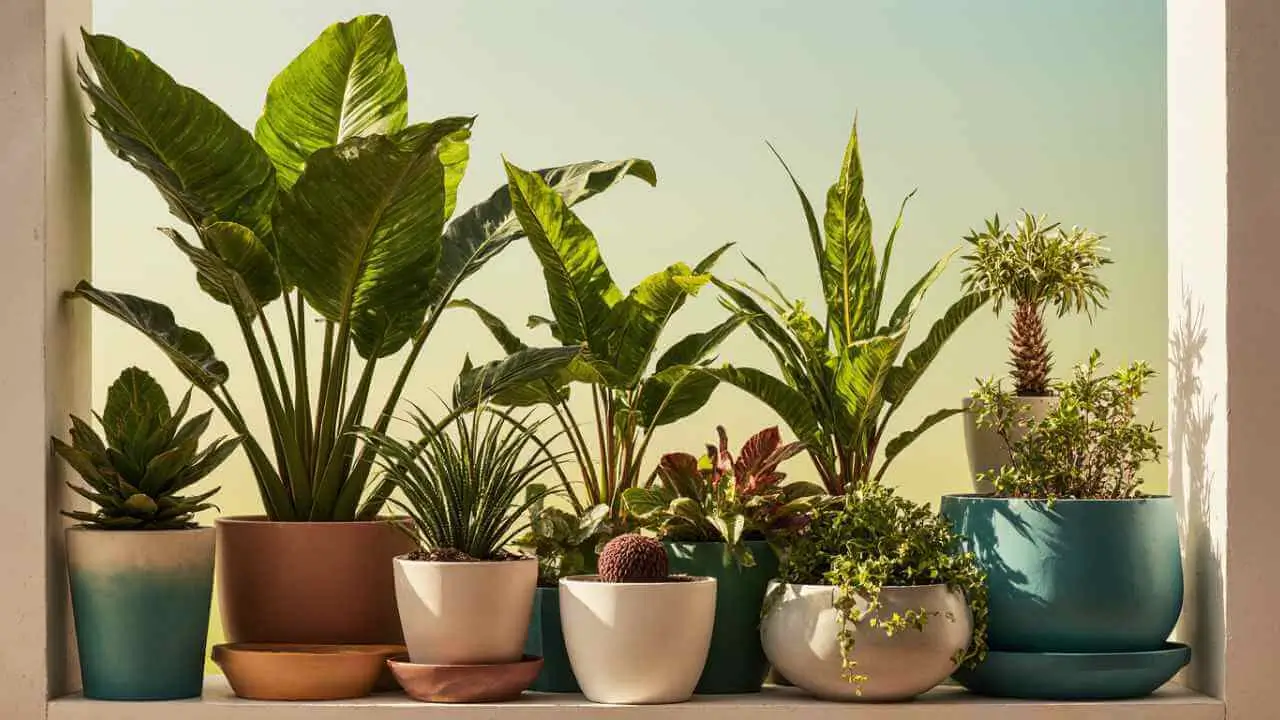
For watering, check soil moisture frequently — indoor plants dry out slower, while outdoor containers may need watering every 2–3 days. Fertilize lightly every few weeks with organic liquid fertilizer to replenish nutrients lost through frequent watering.
🌿 Learn more about growing aromatic herbs in pots in “7 Fascinating Benefits of the Ruda Plant You Must Know.”
🌿 Discover how tropical foliage adds wellness benefits in “7 Amazing Dried Soursop Leaves Benefits for Health.”
🌼 Seasonal Gardening Calendar
A well-planned gardening schedule keeps your plants thriving all year round. Each season offers its own rhythm of growth, care, and renewal — and understanding these cycles ensures continuous success in your garden.

🌸 Spring – Preparation & Planting
This is the season of new beginnings. Start by loosening the soil, adding compost, and pruning old branches. It’s the perfect time to plant new fruit trees, herbs, and flowering plants as temperatures rise.
☀️ Summer – Growth & Protection
Feed your plants with a balanced fertilizer to support vigorous growth and fruiting. Keep up with watering, especially during hot, dry spells. Regular pest inspection and shade protection will help your garden thrive through the heat.
🍂 Fall – Harvest & Mulching
Fall brings the joy of harvest — collect ripe fruits, seeds, and herbs. After harvesting, add mulch to retain soil moisture and regulate temperature. Begin light pruning to prepare plants for dormancy.
❄️ Winter – Rest & Renewal
Protect sensitive plants from frost with covers or by moving containers indoors. Use this downtime to compost organic waste and plan next season’s layout. Minimal watering and steady soil warmth keep roots healthy until spring returns.
🌿 For fruit harvest timing and tips, explore “Harvesting Guanabana Fruit.”
🌿 Learn detailed seasonal care in “Harvesting Tamarind.”
🌍 Sustainable & Eco-Friendly Gardening Practices
Sustainable gardening isn’t just about growing plants — it’s about giving back to the earth. By using eco-friendly methods, you can create a garden that thrives naturally while conserving resources and supporting local ecosystems.
Start with composting kitchen waste like fruit peels, leaves, and coffee grounds to create nutrient-rich organic fertilizer. Compost restores soil health, improves structure, and reduces reliance on chemical fertilizers.
For water conservation, use simple techniques like rainwater collection and drip irrigation systems. These methods deliver moisture directly to the roots while minimizing evaporation, helping you save water and reduce utility costs.
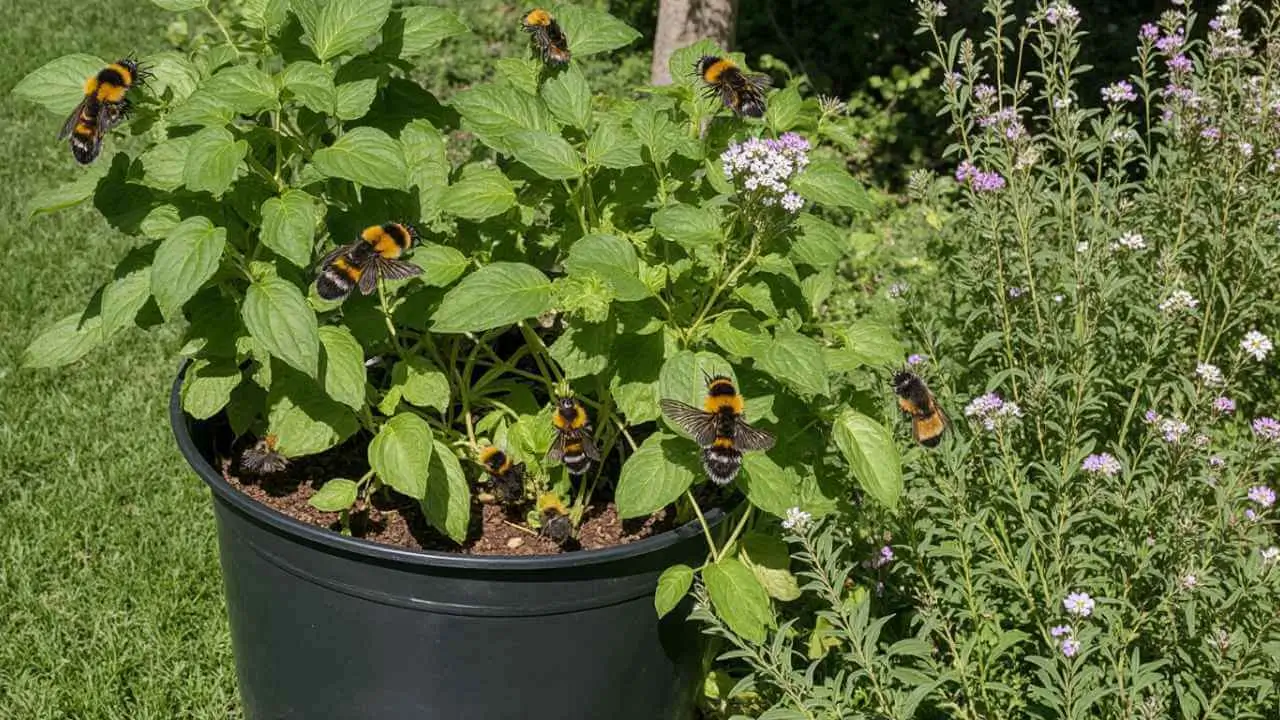
Encourage biodiversity by planting pollinator-friendly species such as rue, basil, and lemongrass. These attract butterflies, bees, and beneficial insects that promote pollination and overall garden balance.
🌿 Learn more about sustainable herbal practices in “Natural Healing & Wellness: A Complete Guide to Nature’s Remedies.”
🪴 Troubleshooting Common Gardening Problems
Even the healthiest gardens face challenges from time to time. The key is early observation — catching issues before they spread ensures your plants stay strong and productive.
Overwatering is one of the most common problems. If you notice yellowing leaves, soggy soil, or root rot, allow the soil to dry out before the next watering. In contrast, underwatering can cause wilted, crispy leaves and slow growth — a clear sign your plants need more consistent moisture.
Nutrient deficiencies often show through leaf discoloration. Pale leaves suggest low nitrogen, while brown edges may indicate potassium shortage. Use a balanced organic fertilizer or compost to restore nutrients naturally.
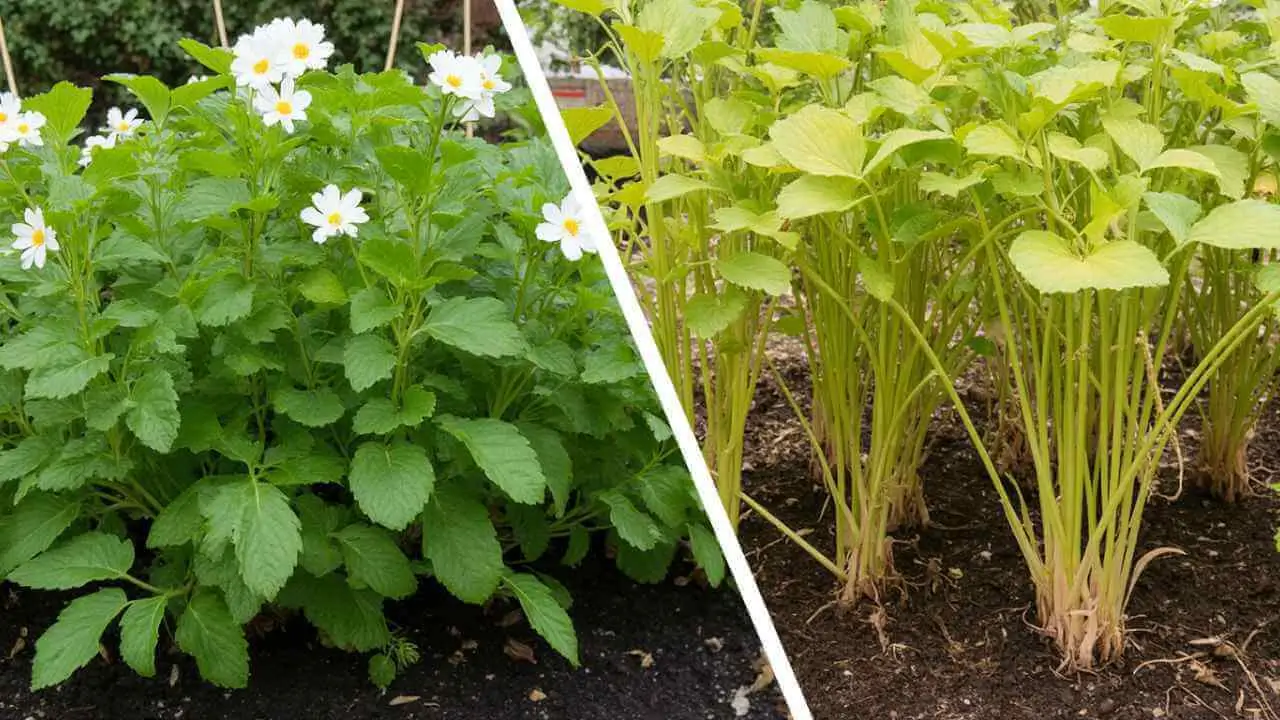
For poor fruiting or pest damage, inspect plants regularly for signs of insects or fungal spots. Prune infected areas, apply neem oil or organic pest sprays, and keep air circulation open to prevent further spread.Troubleshoot Common
🌿 For detailed solutions to fruiting and plant health issues, explore “Troubleshoot Common Fruiting Issues.”
🌿 Final Thoughts – Cultivating a Thriving, Peaceful Garden
Gardening is more than maintaining plants — it’s about cultivating balance, patience, and mindfulness. Every time you water, prune, or harvest, you’re not just tending to your garden; you’re nurturing your own sense of calm and connection with nature.
A truly thriving garden grows through consistency and care — steady watering, seasonal maintenance, and eco-friendly practices that honor the environment. When you work in harmony with nature, the rewards go far beyond beauty or yield — they bring peace, purpose, and fulfillment.
Whether you’re growing tropical fruit trees, herbs, or flowering plants, let your garden become a reflection of sustainability and serenity.
🌿 CTA: Explore our detailed plant care guides to grow your healthiest, happiest garden.

🌿 FAQs – Gardening & Plant Care
What is the best time to water plants during the day?
Early morning (before 9 a.m.) is ideal, as cooler temperatures allow roots to absorb moisture efficiently without evaporation loss.
Which soil type is best for fruit trees and herbs?
Loamy or sandy soil enriched with organic compost works best — it provides aeration, nutrients, and proper drainage for tropical and subtropical plants.
How often should I fertilize tropical plants?
Apply fertilizer every 4–6 weeks during the growing season (spring and summer). Reduce feeding in winter when plant activity slows down.
What are some natural ways to repel garden pests?
Use neem oil, garlic spray, or introduce beneficial insects like ladybugs. Healthy soil and regular pruning also prevent pest buildup naturally.
Can I grow tropical fruit trees indoors?
Yes, dwarf varieties of mango, banana, and soursop can thrive indoors with enough sunlight, good drainage, and regular care.

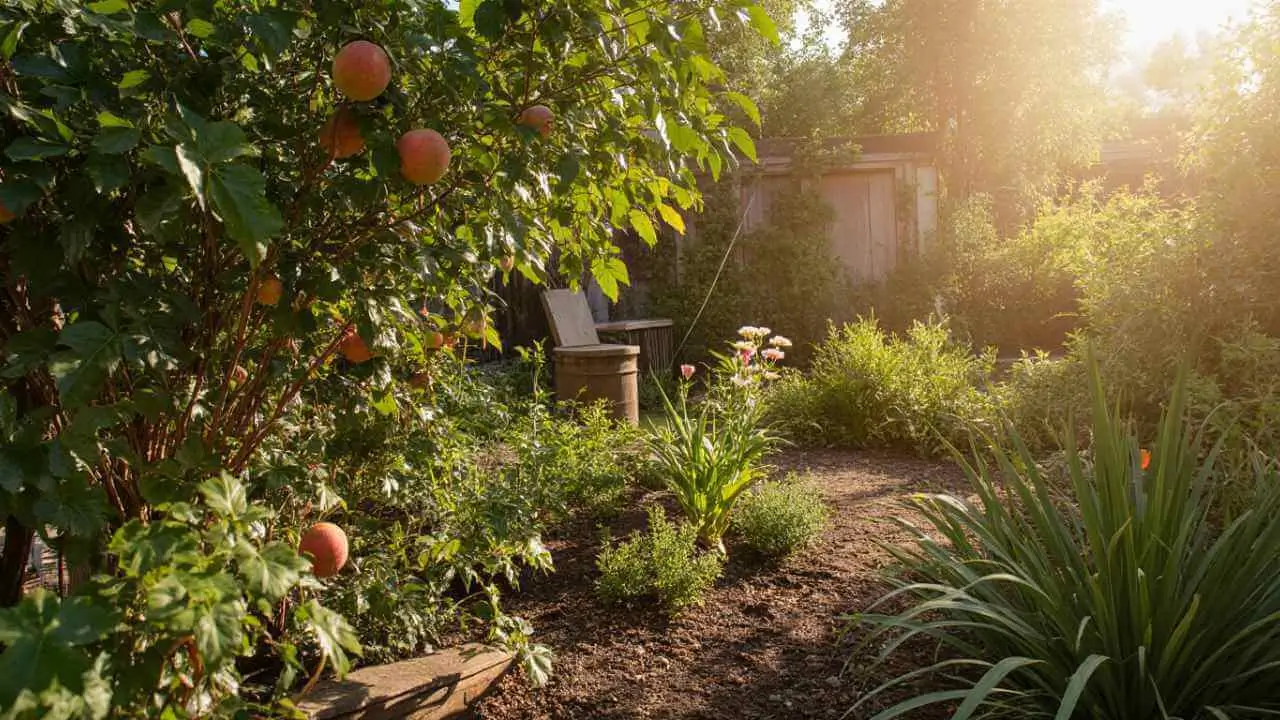

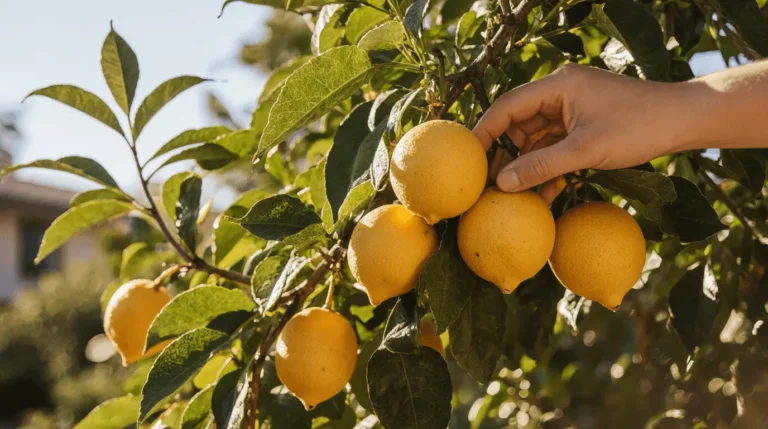
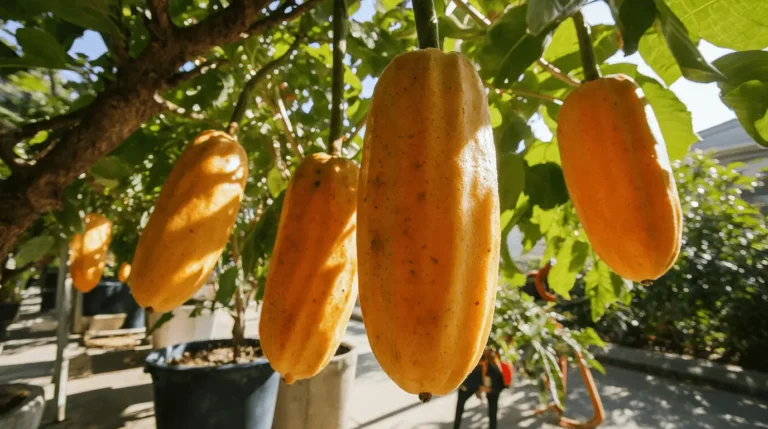
[…] Read Also: Gardening & Plant Care Guide for Thriving Plants 🌿 […]